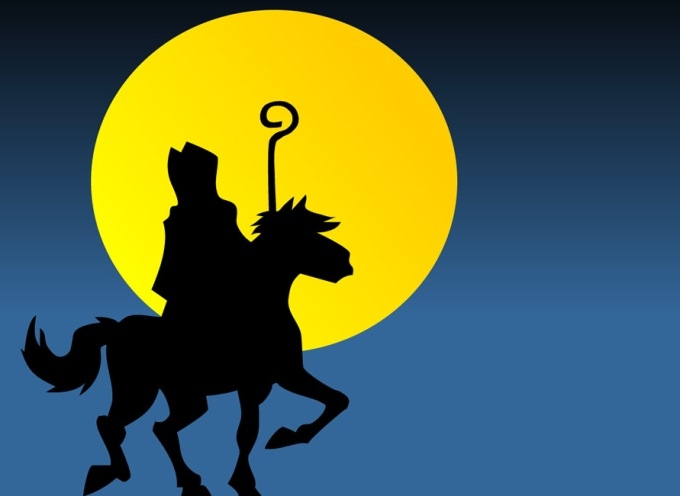The celebration of Sinterklaas’ birthday could be a lot more sustainable. I know what you are thinking: “Not another negative statement about Sinterklaas! First, Sinterklaas was a racist, now he is unsustainable? Leave him alone, this is tradition! Do not spoil this kid’s feast!” Let’s discuss the celebration.
This is how it started: The festivity started around the fifteenth century when the church collected some money or goods on the fifth of December (in shoes, just like kids do nowadays). The takings were donated to the poor. Later, children would place their shoe under their chimney and hope that Sinterklaas and his fellows, Zwarte Pieten put some candy or toys in it. 500 years later, only just after the Second World War, people began with celebrating Sinterklaas as we know it today, with surprises and poems. From then on, also grown-ups received presents from Sinterklaas as well as children did. Nowadays, people desperately go shopping for Sinterklaas every year. “What to give this person this year? He has everything already, doesn’t he?” If you are incidentally this desperate person, you will probably buy some pepernoten, a chocoladeletter or a little plastic, useless thing; something funny will do. On the evening of the celebration you will get something funny or useless in return. This is in particular the case when you celebrate Sinterklaas not only with your family but also with your family-in-law, soccer team, friends, etcetera. You do not know them very well, the presents you give and receive are not very personal and have low value. Sinterklaas evening turns out to be more about the act than the things we have spent our money on. Does it make sense? What began as a noble initiative to help the poor, transformed into spilling of stuff.
The restrained attitude noted in the discussion on the custom Sinterklaas, whether or not it is racist, and the utmost resistance to make even the slightest changes in the Dutch Sinterklaas tradition is a symbol of the will of the Dutch to sustain. We also find this attitude written down the national (tradititional) slogan Je maintiendrai, which means “I will sustain”. This phrase is printed on all Dutch passports. . “To sustain” may sound very similar to “sustainability” but in this case “to sustain” means something else. It means to maintain what we already have; we do not want to lose any of our wealth or change tradition. When I think of changing the world into a sustainable one, a flexible approach is needed. Maybe we should change our celebration of Sinterklaas into what it was used to be: helping the poor. Furthermore, I suggest to change the slogan Je maintiendrai to Je vais être flexible (I will be flexible). This shows a more innovative attitude than our old conservative, rigid slogan and it is French as well!
